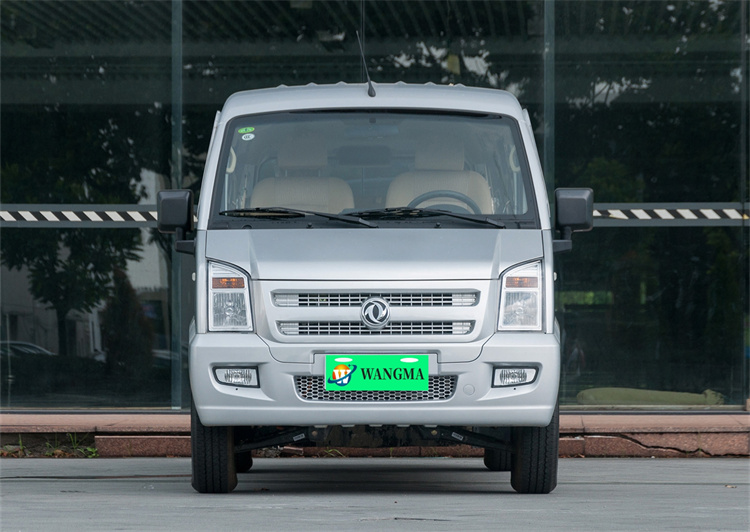
12 月 . 04, 2024 15:52 Back to list
hot rolled coil steel
Hot Rolled Coil Steel Overview and Applications
Hot rolled coil (HRC) steel is one of the most widely used materials in various industries due to its versatility, strength, and cost-effectiveness. Processed through hot rolling, HRC steel is produced by rolling steel at high temperatures, typically above 1,000 degrees Fahrenheit (approximately 540 degrees Celsius), which significantly alters the material properties, allowing it to be shaped and formed easily.
Manufacturing Process
The hot rolling process begins with heating a billet or slab of steel until it becomes malleable and can be easily shaped. This initial heating is crucial as it reduces the yield strength of the material, enabling it to be deformed without risks of cracking. Once at the appropriate temperature, the steel is fed through large rollers that shape it into thinner sheets or coils. The rolling process not only reduces the thickness but also increases the length and width, producing large coils that can weigh several tons.
The resulting hot rolled coils exhibit a distinctive scale on their surface, which forms due to the oxidation that occurs at high temperatures. This scale can be removed through further processes, but in many applications, it is acceptable to leave the material untreated, especially in applications that do not require a highly polished finish.
Characteristics of Hot Rolled Coil Steel
HRC steel has several characteristics that make it ideal for various applications. The high temperatures involved in the process refine the grain structure of the steel, resulting in improved ductility and toughness. This means that HRC can be bent, cut, and shaped easily, making it a favorite among manufacturers and fabricators.
Another significant advantage of hot rolled coils is their cost-effectiveness. The hot rolling process is more economically viable than cold rolling for large-scale production. The wide availability of HRC steel and its lower production costs compared to cold-rolled steel make it an attractive option for large volume uses.
hot rolled coil steel

Applications
Hot rolled coil steel is utilized in a plethora of applications across different industries. One of the primary sectors that rely on HRC is the construction industry. It is used in the manufacturing of structural beams, columns, and reinforcement bars (rebar) that are essential for building infrastructures like bridges, buildings, and roads.
In the automotive sector, HRC plays a vital role in producing various components such as chassis, frames, and body panels. Manufacturers appreciate the strong yet lightweight characteristics of hot rolled steel, which contribute to overall vehicle performance and safety.
The shipbuilding industry also makes extensive use of hot rolled coils, particularly for the hulls of ships and large marine structures. The strength and durability of HRC steel help in constructing vessels capable of withstanding harsh marine environments.
Additionally, appliances and equipment manufacturers often utilize HRC for producing components and casings. Items like washing machines, refrigerators, and industrial machines benefit from the strength and processability of hot rolled coil steel.
Conclusion
In summary, hot rolled coil steel is an essential material in modern manufacturing and construction due to its advantageous properties and cost-efficiency. As industries continue to evolve with technological advancements, the demand for HRC steel is likely to remain robust, supporting a wide array of applications from infrastructure to automotive and beyond. With an emphasis on sustainable practices and quality manufacturing, HRC steel will continue to be a cornerstone in the development of not just buildings and vehicles, but also in the advancement of innovative technologies and environmentally responsible practices.
-
Galvanized steel sheet price hot-dip galvanized
NewsMar.07,2025
-
Galvanized steel sheet price hot-dip galvanized
NewsMar.07,2025
-
Galvanized steel sheet price hot-dip galvanized
NewsMar.07,2025
-
Galvanized steel sheet price hot-dip galvanized
NewsMar.07,2025
-
Galvanized steel sheet price hot-dip galvanized
NewsMar.07,2025
-
buy corrugated roof sheet end capping
NewsMar.07,2025